Garden
All Garden Content
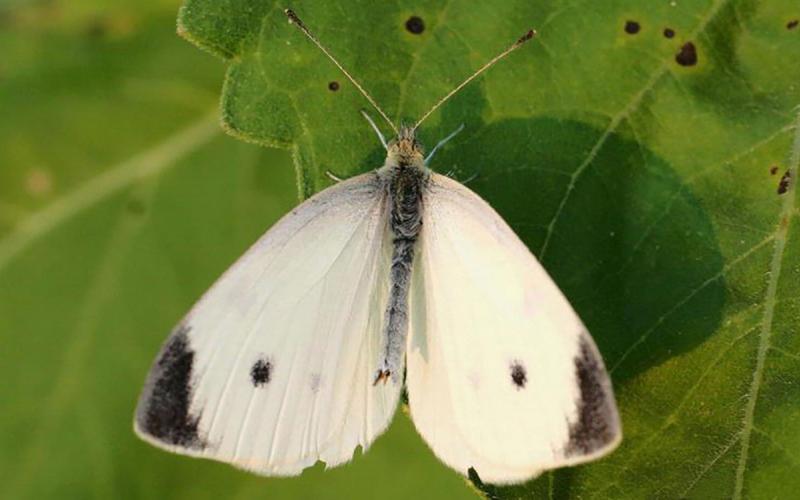
Cabbage White Butterflies Are Here!
Keep an eye out for cabbage white butterflies in your garden. These butterflies lay eggs on the underside of the vegetable leaves. Once the eggs hatch, their caterpillars feed on cabbage, broccoli, Brussel sprouts, cauliflower, kale, turnips and radishes.
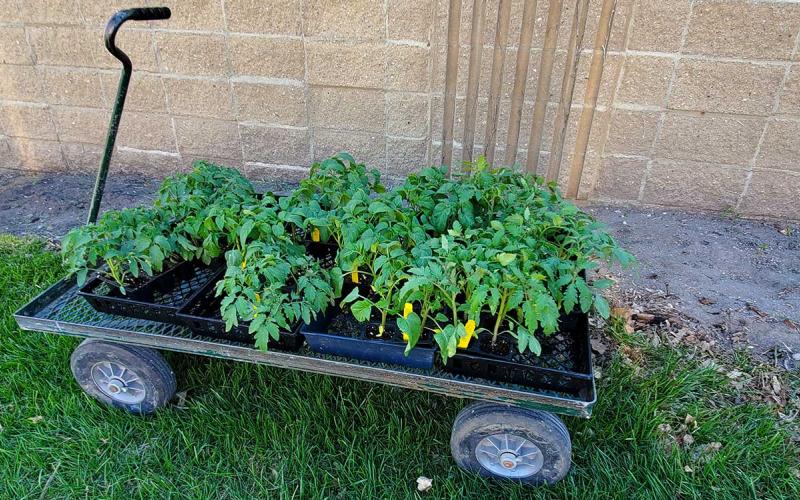
Harden Your Transplants Prior To Planting Your Garden
Hardening plants is an important step that gardeners should not skip. Take the time to harden your plants properly and reap the benefits of sturdy, well-established plants throughout the gardening season!
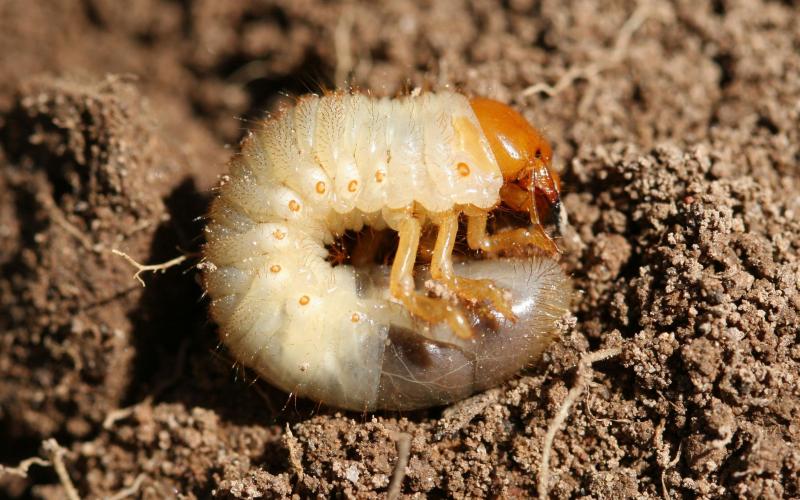
Do You Have Grubs in Your Lawn?
We’ve had quite a few calls about dead patches in lawns this spring, which could be a sign of grub activity. If areas of your lawn are not greening up or appear to be dying, it is important to scout to determine if grubs are present.
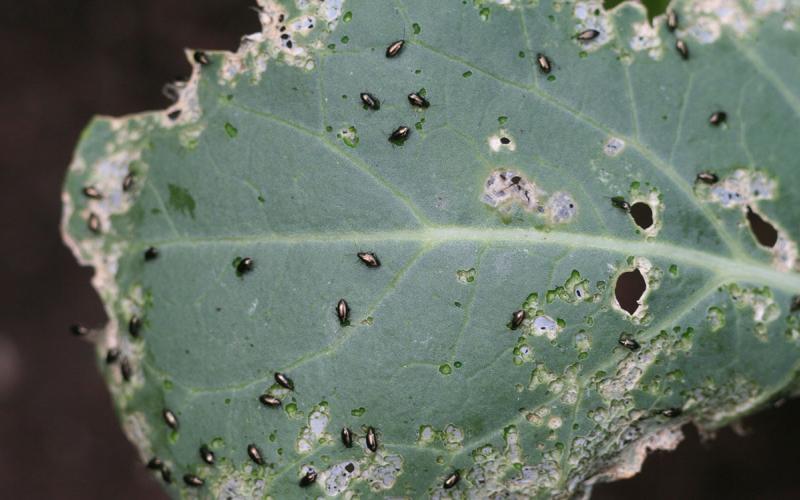
Flea Beetles Already Active In Gardens
It may seem early, but flea beetles are already active in gardens in South Dakota. Adult beetles feed on leaves and stems, and their feeding will leave behind a multitude of small, irregular holes or pits.
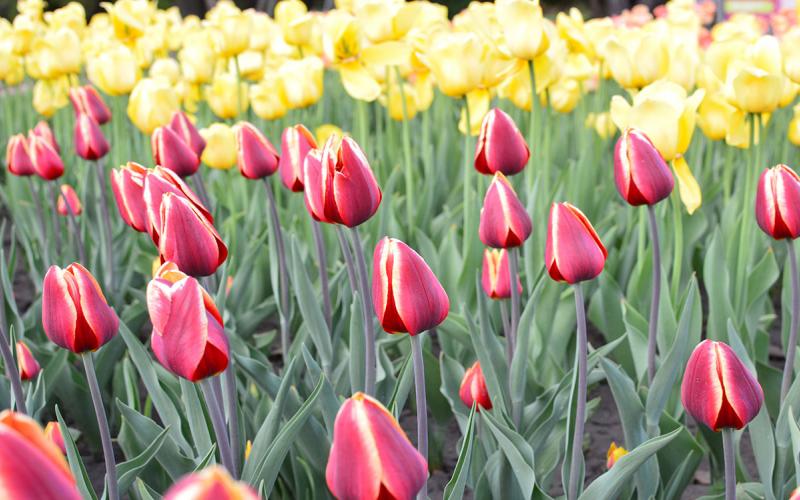
Tulips Bring Early-Season Color to the Garden Each Year
Nothing says “spring is here” quite like the annual tulip bloom! Late April and early May are great times to enjoy a wide pallet of colors and textures presented by over 100 known species of garden tulips.
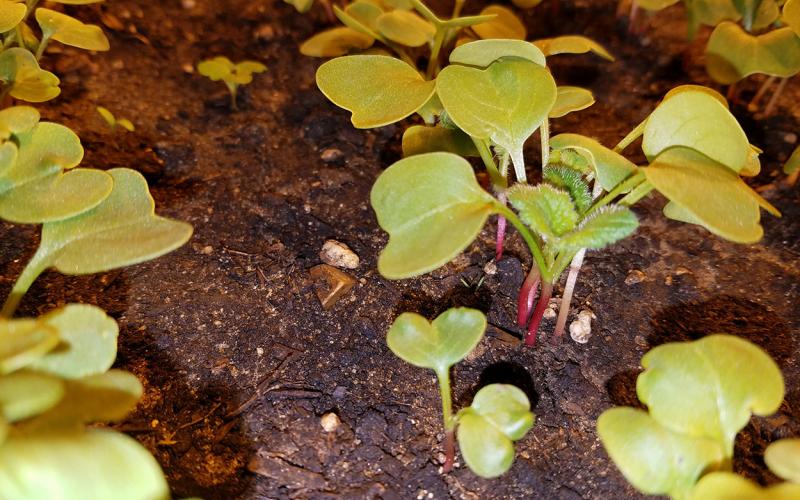
Radish: A Quick-Growing Vegetable To Enjoy in Spring
Radishes can be planted early in the growing season, as they germinate in soils temperatures as low as 40 degrees Fahrenheit.
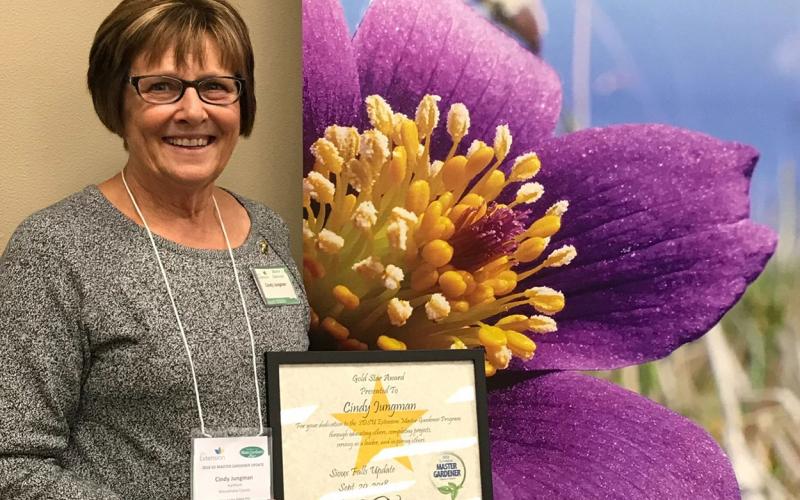
Jungman Brightens Landscapes, Builds Lifelong Friendships
A Master Gardener for more than 20 years, Cindy Jungman says the continuous education the program offers has been valuable.
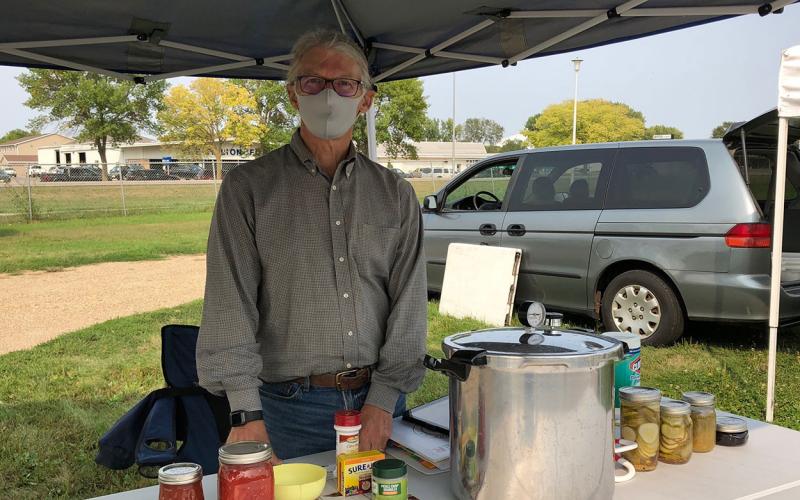
Schreiner Turns Backyard Hobby Into Community Support
Whether volunteering as a Master Gardener or a Master Food Preserver, Tim Schreiner says the interaction with people and seeing that “light bulb” moment after a conversation is really the fun part of the programs.
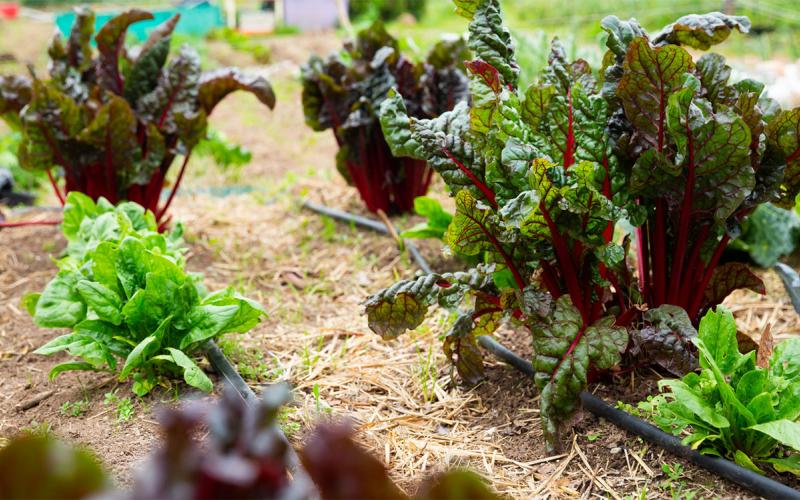
Vegetable Gardening During a Drought
In a drought, getting water to plants is a priority. The following management tips will help you efficiently use water and maximize other gardening practices to achieve a healthy and productive garden.
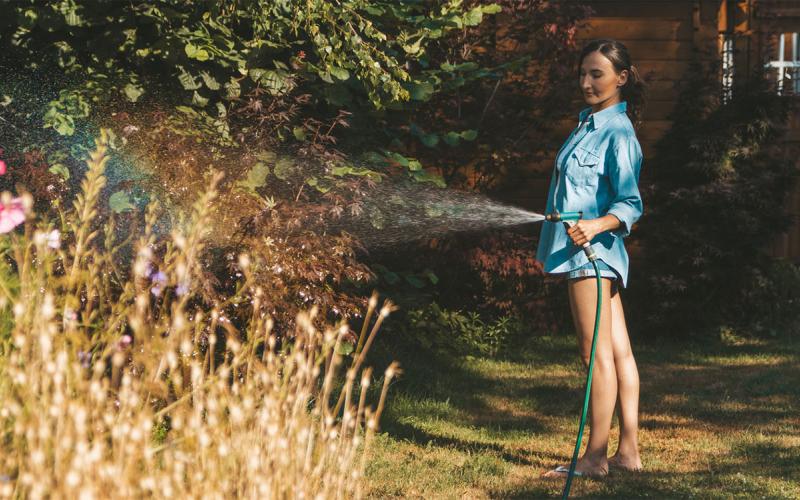
Gardening Tips During a Drought
Drought conditions present challenges for gardeners, but it's still possible to grow things by modifying gardening techniques to keep established plants growing and provide a good environment for new plants.